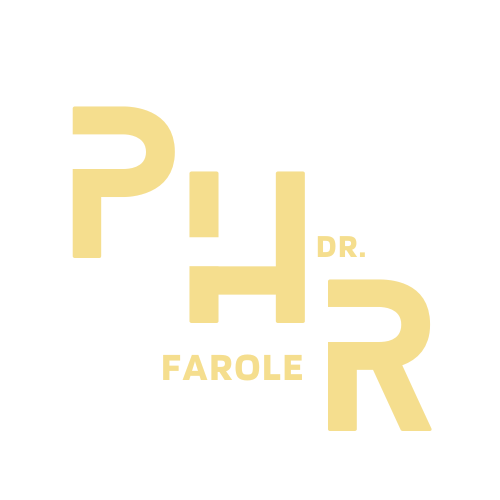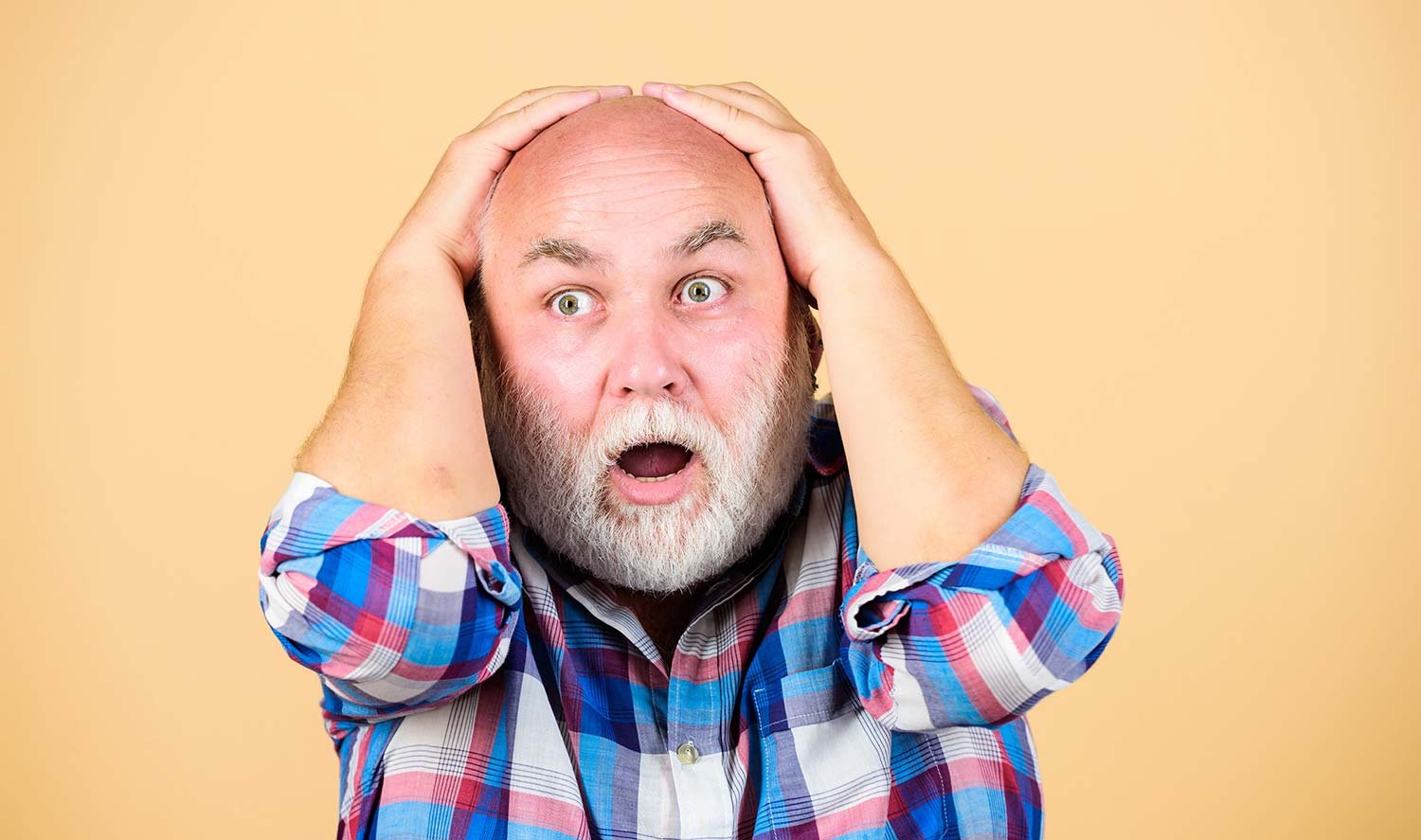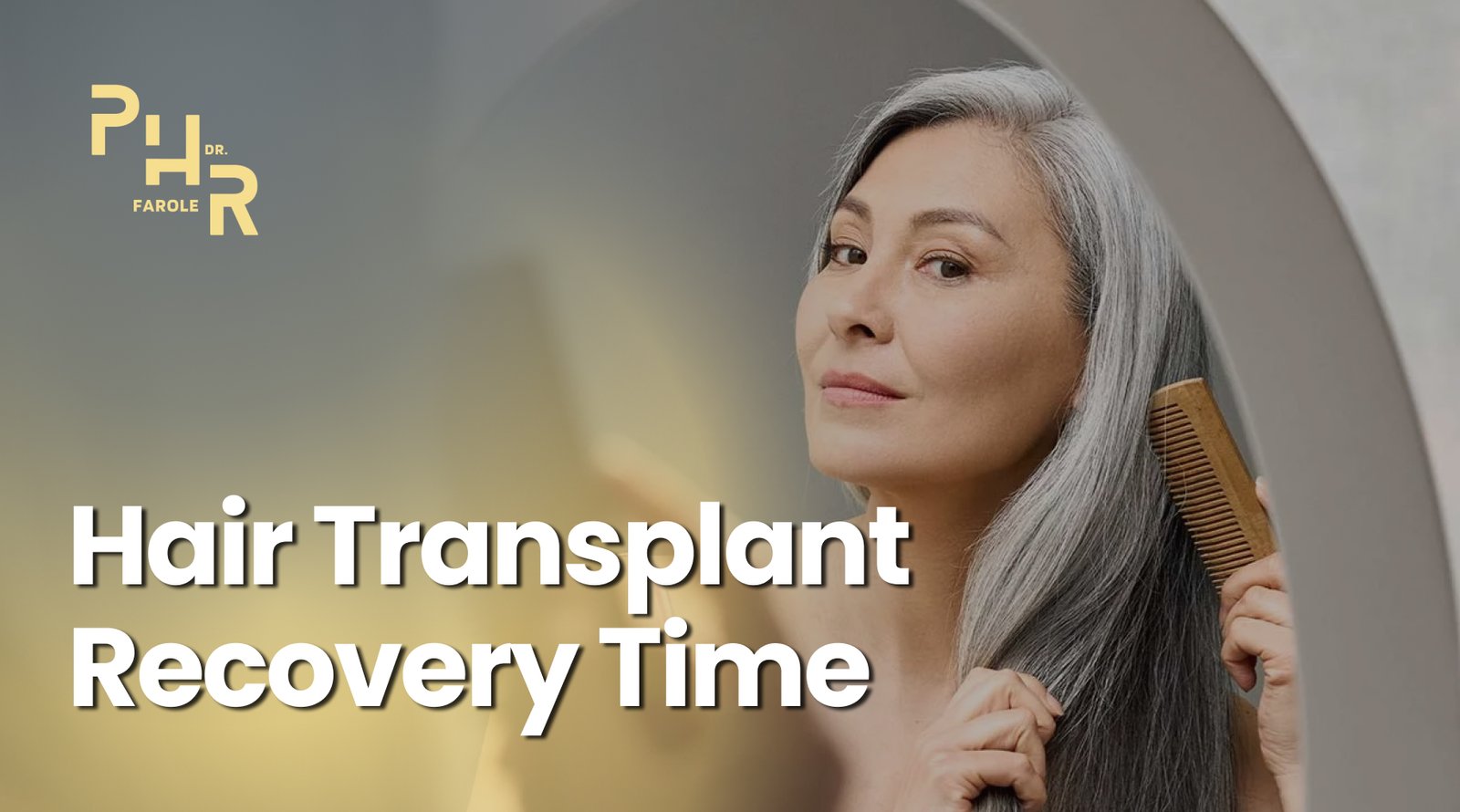Thinning hair can impact your self-esteem, but advanced platelet-rich plasma (PRP) hair loss treatment can stimulate hair growth without surgery. Our hair restoration specialists will take a blood sample, concentrate its plasma, and inject the sample back into your scalp for thicker, fuller hair.
In this article, we’ll answer the question “how many PRP sessions are needed for hair growth?” We’ll discuss the PRP hair restoration process, common side effects, and the benefits of choosing PRP over other hair restoration methods. You’ll learn what to expect from the treatment, how many sessions you’ll need, and how to decide if PRP hair treatment is right for you.
If you’re seeking lasting hair rejuvenation without surgery, Philadelphia Hair Restoration can help. Contact us today and take the first step toward thicker, healthier hair with PRP hair restoration treatments.
What Is PRP Hair Restoration & How Does It Work?
PRP stands for platelet-rich plasma, and it is a non-invasive hair restoration treatment option. Unlike a traditional FUE hair transplant, it involves the blood draw; we take your blood out, and then we spin it in the centrifuge and collect plasma that actually contains stem cells and other growth factors.
The concentrated plasma is then injected into the areas of the scalp where hair is thinning, targeting the follicles that need the most support. This process boosts blood supply to the hair follicles, prolongs the growth phase of the hair cycle, and enhances the overall health of the scalp for natural hair regrowth.
Recommended Number of PRP Sessions For Hair Growth
The general guideline for PRP treatment includes a series of three sessions, but this could differ from patient to patient depending on the degree of hair thinning. If it’s more severe, it is beneficial and better to start with anywhere between four to six initial treatments, one month apart. Maintenance treatments may be recommended depending on your individual response and hair growth results.
Benefits of PRP Hair Restoration
PRP hair restoration is quick and non-invasive with minimal recovery downtime. Most patients can return to their normal activities immediately after receiving treatment.
Quick & Easy Procedure
PRP takes about half an hour from drawing blood to injection, so it’s not really that long of a procedure; it can get done within half an hour when you visit the office. Some of our patients choose to stop in on a quick lunch break, or whilst running other errands.
Non-Invasive Treatment
PRP is a non-invasive hair restoration treatment, using the natural growth factors found in the patient’s blood to stimulate hair growth without the need for surgery. Unlike traditional FUE or FUT hair transplants, PRP is administered via injection, causing minimal discomfort with no significant downtime.
Little Recovery Downtime
Since PRP is a non-surgical and minimally invasive treatment, most patients can return to their normal activities immediately following their appointment. Any mild side effects typically subside within a day or two, allowing for a quick and seamless recovery.
Common Side Effects of PRP Hair Restoration
While PRP hair restoration is a safe procedure, patients may experience minor side effects after receiving treatment. Most side effects are mild and temporary, resolving within a few days after treatment.
Mild Pain & Discomfort
Mild pain and discomfort are common during and after the PRP procedure. Patients may feel a slight sting or pressure during the injections, and some tenderness in the treated area afterward. This discomfort typically subsides within a few hours to a day, and over-the-counter pain relievers can help manage any lingering soreness.
Swelling & Redness
Swelling and redness at the injection site are normal reactions as your scalp responds to PRP treatment. This is usually mild and should diminish within 24 to 48 hours. Keeping the head elevated and applying a cool compress can reduce swelling.
Bruising
Bruising may occur at injection sites, but are generally minor and fade within a few days. Avoiding blood thinners like aspirin before your PRP procedure can minimize this risk.
Itching
Some patients report itching at the treatment site, which is a positive sign of the healing process. This sensation is usually mild and subsides within a few days. It’s important to avoid scratching, as this can irritate the scalp further and potentially affect the results of the treatment.
Who Is A Good Candidate for PRP Hair Restoration?
PRP hair restoration treatment is ideal for individuals experiencing early stages of hair thinning or those with mild to moderate hair loss who still have functioning hair follicles. It is most effective for patients who want to enhance hair density, slow down hair loss, or maintain their current hair without undergoing surgery.
PRP may not be suitable for individuals with severe hair loss or complete baldness, as PRP requires active hair follicles to be effective. Those with blood disorders, autoimmune diseases, or active scalp infections may not be good candidates for PRP and should consult with a specialist to explore alternative treatment options.
PRP vs. Hair Transplants: Which Is Right For You?
Patients deciding between PRP treatments and hair transplants should consider factors like the severity of hair loss, the presence of active follicles, and personal preferences regarding invasiveness and recovery time. PRP is ideal for individuals who are in the early stages of hair thinning or have existing hair follicles. This procedure is minimally invasive with little downtime, and is suitable for those seeking non-surgical hair restoration.
FUE hair transplant procedures are typically recommended for individuals with significant hair loss or bald areas where follicles are no longer active. This surgical procedure transplants hair follicles from one part of the scalp to balding areas, providing a more permanent solution for those with advanced hair loss. The doctors at Philadelphia Hair Restoration can help you decide which treatment is best for you during a free consultation.
When You Can Expect To See PRP Hair Transplant Results
PRP hair restoration results typically become noticeable after a few months of consistent treatment. Most patients start to see improvements in hair thickness and density around three to six months as the growth factors in PRP stimulate hair follicles. Full results may take up to 12 months to manifest, as natural hair growth is a gradual process.
Contact Philadelphia Hair Restoration To Schedule A Free Consultation Today!
If hair thinning is impacting your confidence, Philadelphia Hair Restoration offers advanced treatment options to rejuvenate your scalp. Our hair restoration specialists will evaluate the extent of your hair loss and your aesthetic goals, creating a customized PRP treatment plan to promote hair growth.
Schedule a free consultation today and experience the transformative benefits of non-invasive PRP hair therapy.



